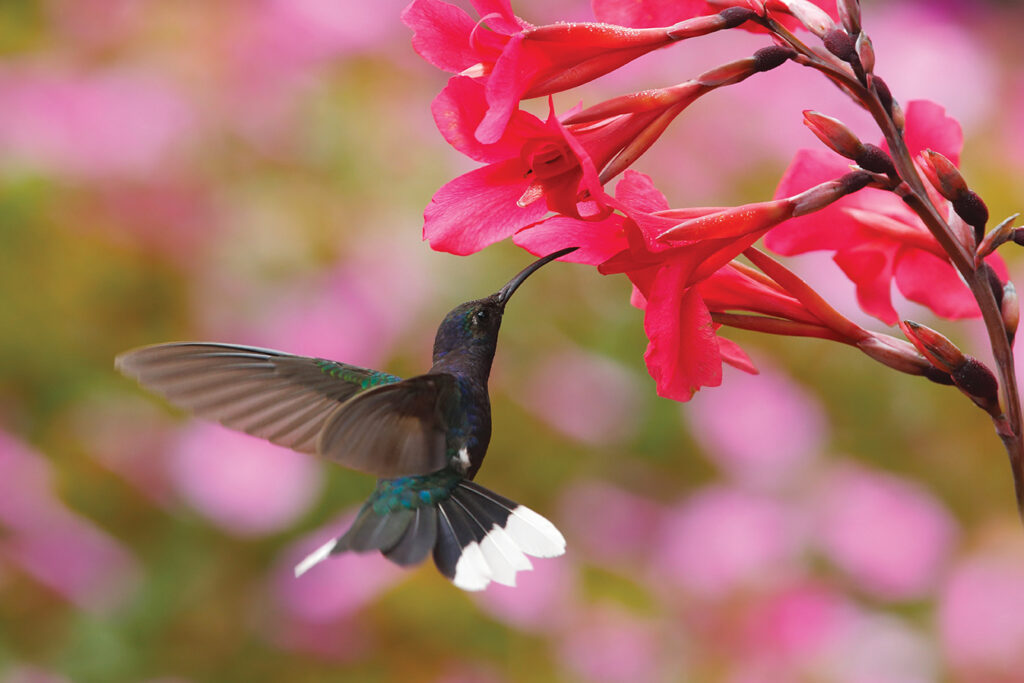
Creating a buzz about pollinators
June is National Pollinator Month, meaning it is the perfect time to hone in on your year-round messaging, how the products you sell help bees and other pollinators. Here are some resources available to help educate garden center customers of all ages on the importance of pollinators and plants that attract beneficial insects.
Teaching Kids About Pollinators
“As National Pollinator Month, June is the perfect time for kids to learn about pollinators and the key role they play in ecosystem and garden health,” says Em Shipman, executive director of KidsGardening.org. “KidsGardening is excited to celebrate National Pollinator Month with a wide range of resources, including educational materials for families, educators and youth organizations to learn about pollinators.
“Why care about pollinators?” she asks. “Not only are they critical for the health of ecosystems, but they’re also needed to produce many of our favorite foods. It’s estimated that one of every three mouthfuls we eat depends on pollinators.”
Some of the free resources KidsGardening offers that can be used to teach kids include dozens of pollinator gardening activities and lessons found here.
Last spring KidsGardening began a partnership with Wyman’s, a leading grower, processor and marketer of wild blueberries, to provide native pollinator resources designed for both families and educators. The guides include “Berry Good Friends,” which provides a foundation of information about native plants and pollinators and engaging activities focusing on native berries and their pollinator friends; “Family Guide to Native Berries,” which explores berries native to the U.S., tips on starting a native berry garden, and a coloring page; and “Family Guide to Native Pollinators,” which explains what plants each pollinator likes best and includes a matching game. Find them at kidsgardening.org/the-latest-pollinators-wymans.
“Partnerships with values-based brands like Wyman’s are critical to KidsGardening’s ability to ensure all kids have opportunities to play and learn through the garden,” Shipman says. “In 2022, with the support of our donors and funders, we reached 3.3 million kids across the country. With just $1, KidsGardening can reach eight kids with access to garden-based learning resources.”
Planting With Purpose
Diane Blazek, executive director of National Garden Bureau (NGB), says consumers are eager to learn more about how to grow and maintain pollinator-friendly gardens.
“Any blog or social post we do about pollinators always gets a huge uptake,” she says. “Consumers crave good information, and one of the main sources they trust is their local garden centers. We promote the importance of regional knowledge, so when garden center staff can make suggestions based on pollinators native to their own area, they gain instant credibility, and sales.
“Today’s consumers are looking for gardens or plants with a purpose — and planting for pollinators is one of the top purposes home gardeners are supporting.”
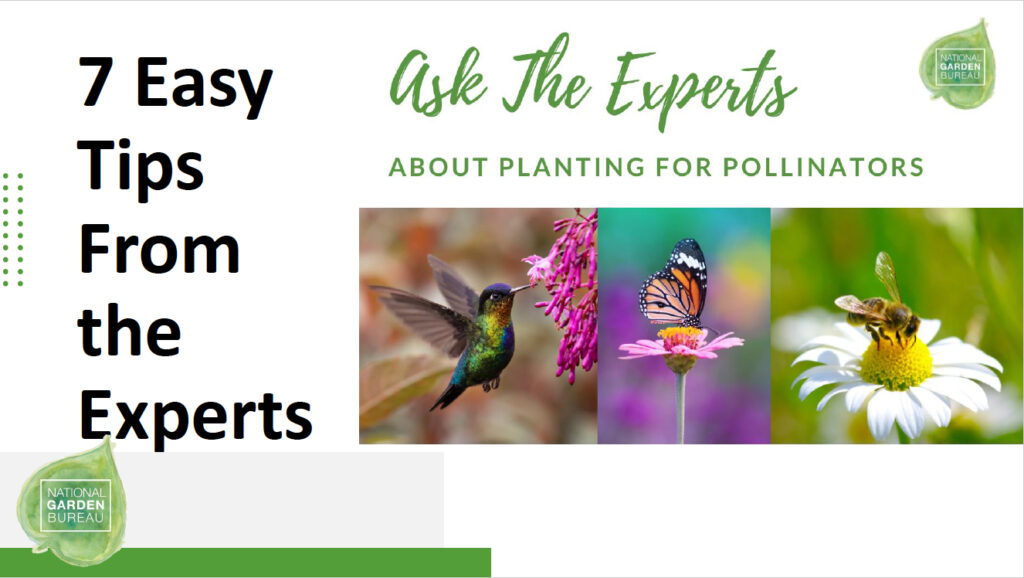
She says NGB recently released a free e-book on pollinators (sign up to download for free) that can be used by consumers and promoted by garden centers to educate customers and their own staff.
“I would love for garden centers to push gardeners to sign up for that e-book,” she says.
In addition, NGB has a number of blog posts related to pollinator gardening that garden centers can use as educational materials — from bee-friendly shrubs and perennials to plants that bloom from early spring through fall to attract hummingbirds.
One of the most notable is titled “Pretty, Portable Pollinator Gardens: Top 10 Plants for Pollinator-Friendly Containers.” According to NGB, the article has been placed in over 1,000 news outlets, reaching 209 million consumers.
Recipes to Follow for Pollinator Gardens
Reportedly the largest nonprofit in the world dedicated exclusively to the protection and promotion of pollinators and their ecosystems, Pollinator Partnership began offering Native Pollinator Garden Recipe Cards this year at pollinator.org/gardencards.
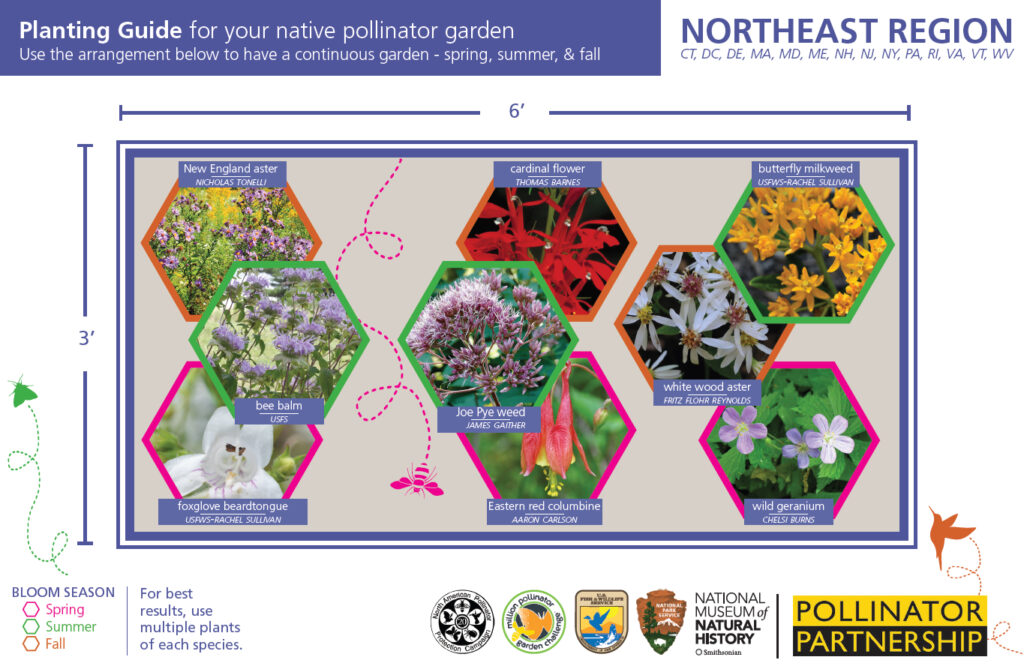
The regionally specific recipe cards can be used to create pollinator gardens that provide diverse and colorful herbaceous floral displays and resources across growing seasons. Each of the plant species recommended on the cards was determined through an extensive vetting process to ensure they meet the environmental needs of pollinator species for each region.
Garden centers can use the cards as inspiration to put together pollinator-friendly displays and to create mix containers with varieties for that growing region that attract pollinators.
In addition, the Pollinator Partnership website at www.pollinator.org has resources for you to use during Pollinator Week, taking place June 19-25, including a downloadable logo, toolkit and other resources.
Social Media Sharing
The National Initiative for Consumer Horticulture (NICH) has a series of engaging social media posts garden centers can share to inspire their followers to plant gardens with pollinators in mind.
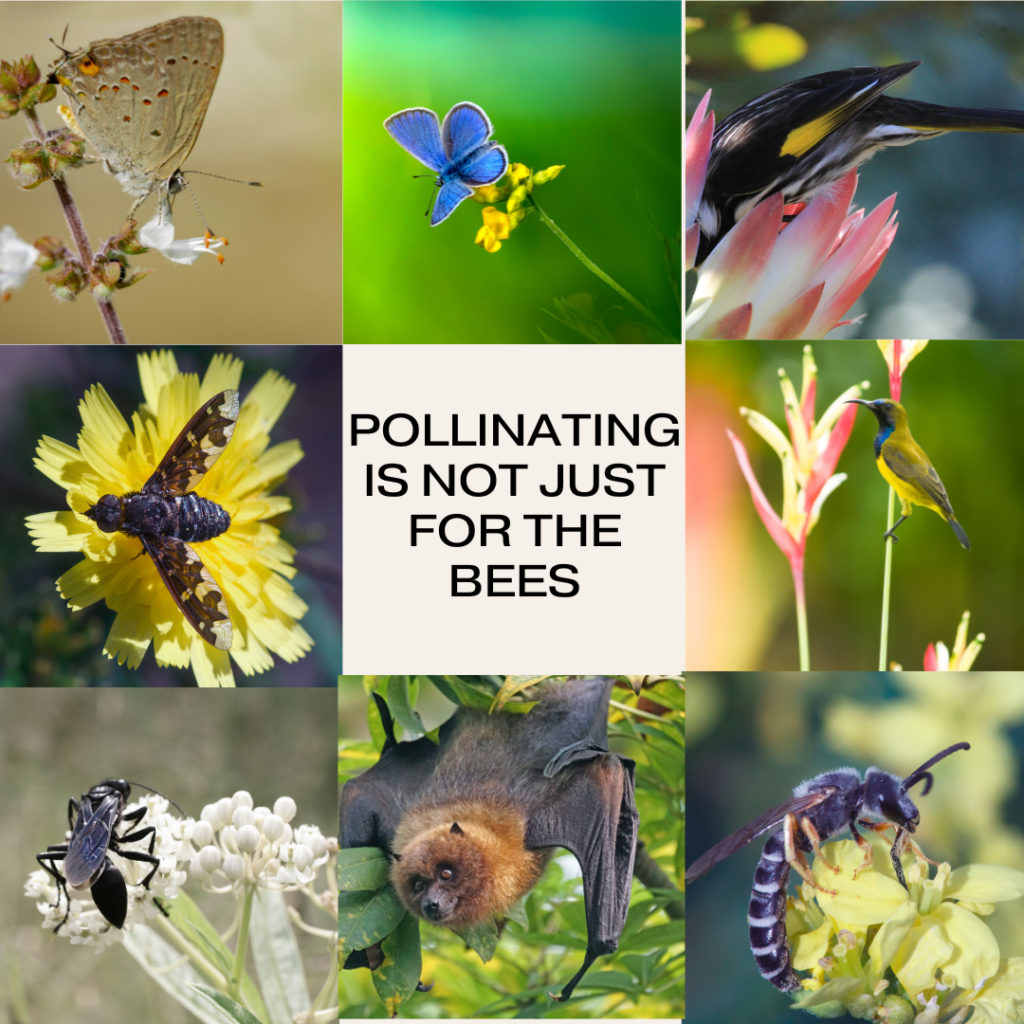
The free memes intend to get the message out that pollinators aren’t just the bees most people first think of, but that butterflies, moths, flies, beetles, hummingbirds and bats also have an important role in pollination — which is essential for the reproduction of many plants.
Find the graphics at consumerhort.org/graphics.
For an enhanced reading experience, view this article in our digital edition.

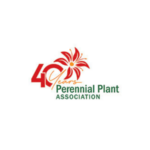
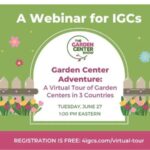
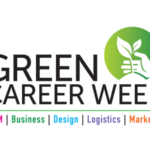
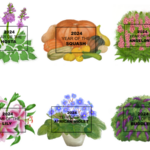

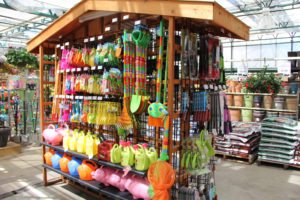

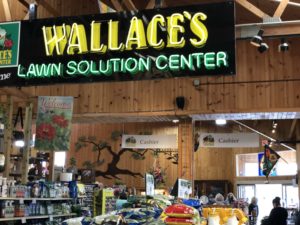
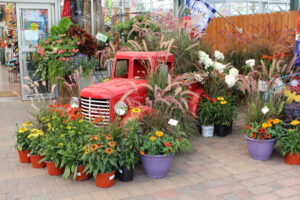
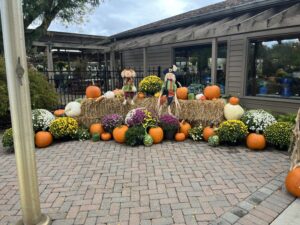
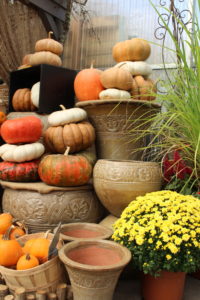
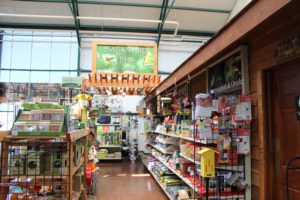
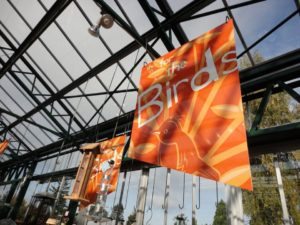
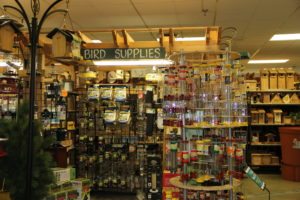
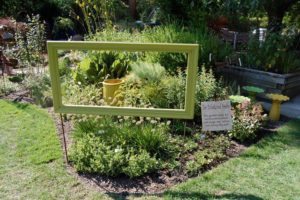
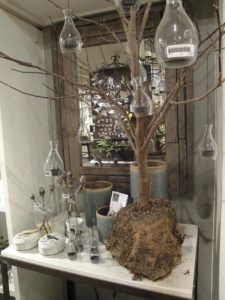
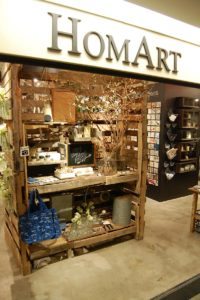
 Videos
Videos





